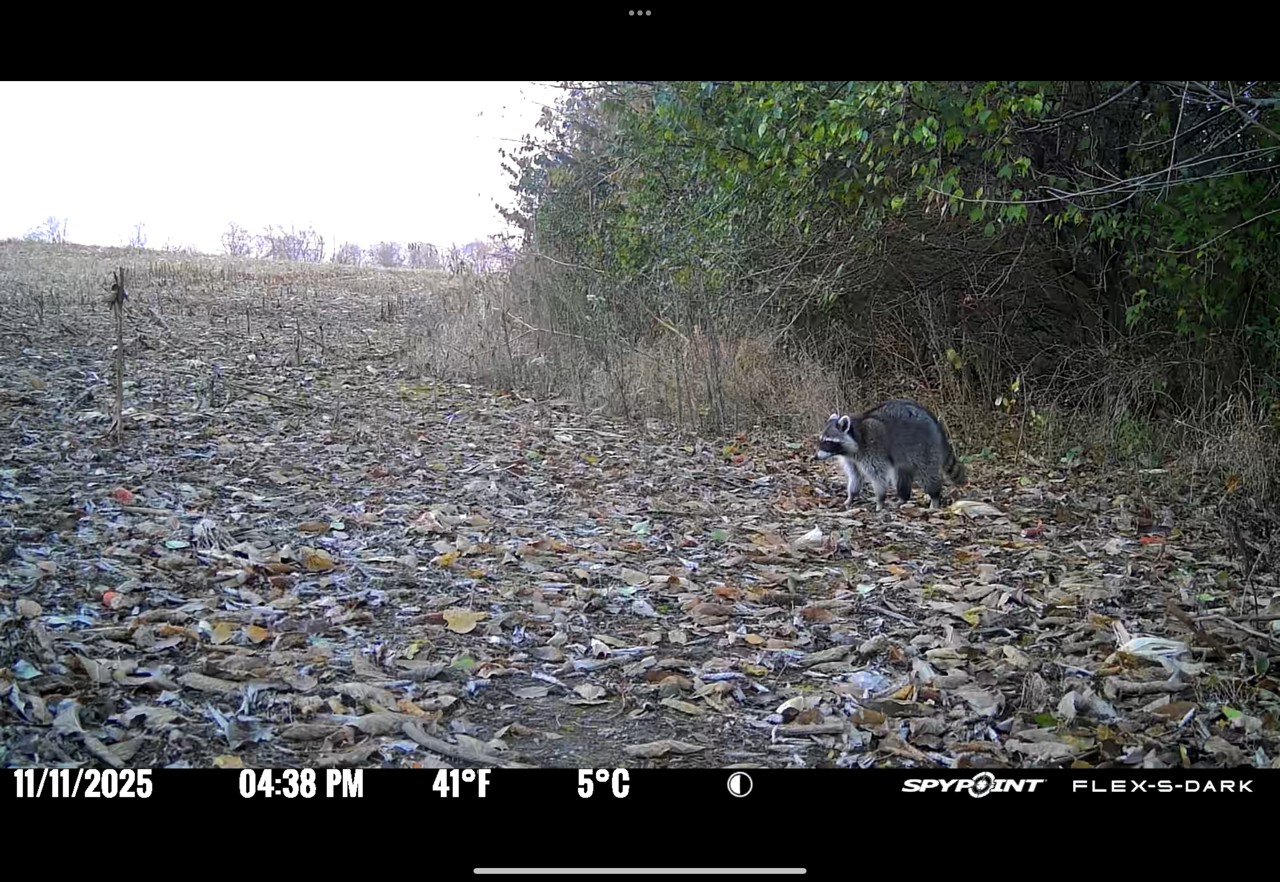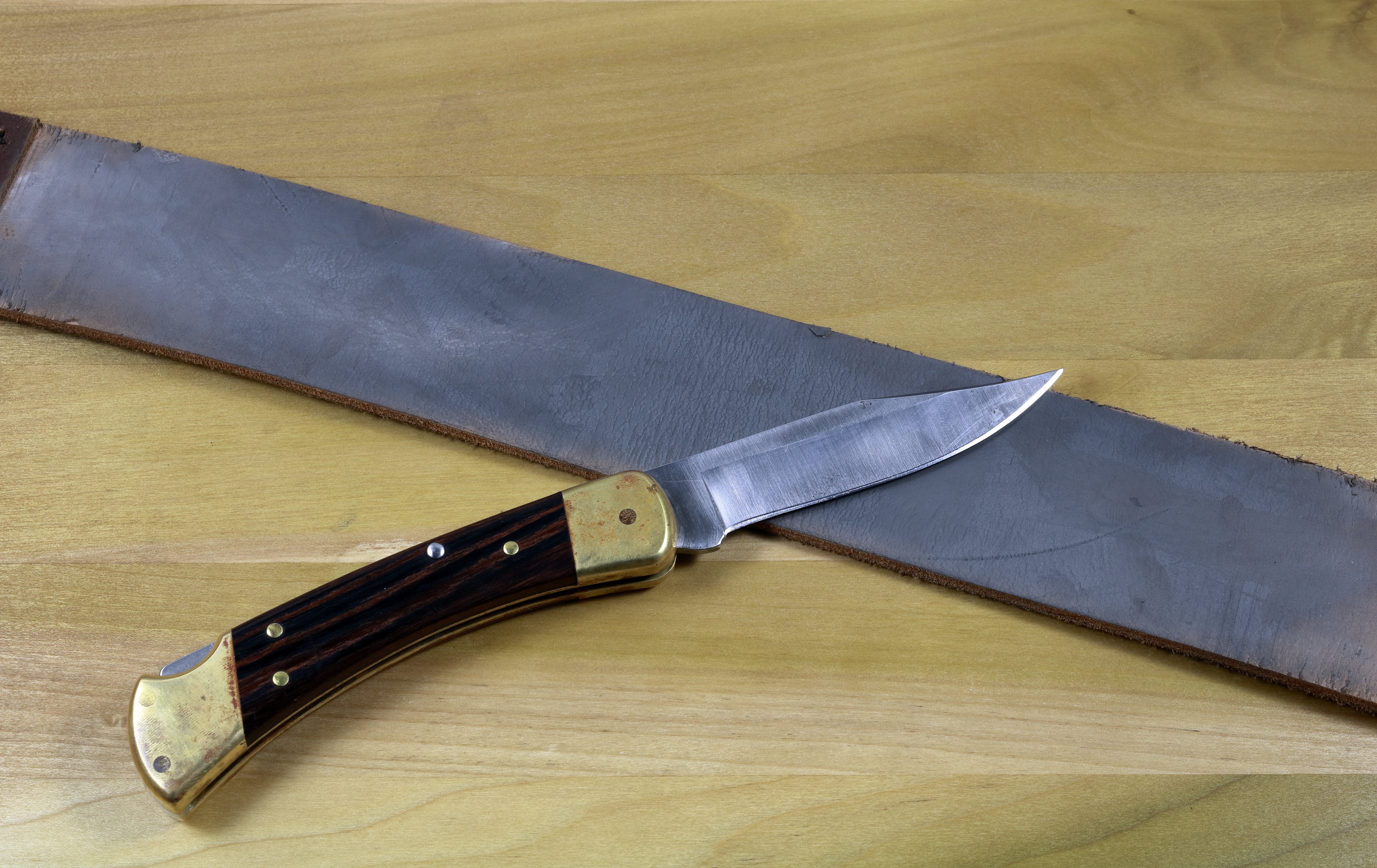
When it comes to getting the most out of your trail camera batteries, the old saying “an ounce of prevention is worth a pound of cure” couldn’t be more true. The performance of your trail camera’s battery depends heavily on the settings you choose and for cellular trail cameras, even camera placement can play a significant role.
Key Trail Camera Settings That Impact Battery Life
Whether you are using a cellular or standard trail camera, certain settings can have a big impact on your battery life, photo burst, photo delay, and photo quality. All of these should be pretty obvious, but let’s dig in a little deeper to understand how they are impacting batteries.
Photo burst
When the camera takes a series of photos on a single detection is instantly going to drive up your photo count, and every time a picture is taken it is taxing your battery. In the case of night-time detections, when the camera has to quickly recharge the flash to make that follow-up shot the battery is taxed even further.
Like photo burst, photo delay directly impacts the overall photo count. If you have an area where deer linger, like a food plot, feeder, or mineral site and have the delay set very low, you’re not only getting a lot of pictures, but a lot of pictures of the same deer. This redundancy is putting a lot of images on your card, and taking a toll on your battery, without providing much real value, unless you really want 38 pictures of that same spike tonight.
Photo quality
The larger the image file, the more processing power it takes to manage that file. How good does the picture really need to be to get the information you need? Are you planning to blow your trail camera photos up to poster size to hang above your mantle? Larger files, more processing draw, shorter battery life.
Environmental Factors
Another thing that is hard on all cameras is weather. We’ve all sat in a cold tree stand and watched our phone battery drain like an hourglass. Extremely cold temperatures are very hard on battery life, so if you plan to leave your cameras out all winter, and you live in a cold climate, you need to understand the additional strain you are putting on your power supply.
Cellular cameras have additional factors to consider that can be robbing your battery efficiency.
Again, much the same as your cell phone, signal quality can be a huge factor in battery life. The longer a camera has to search for usable signal, or the weaker the signal is, the longer the camera has to spend transmitting photos. The faster a camera can find a reliable signal, the quicker the photo transmission will be, and the less stress will be placed on the battery.
The number of transmissions you make also plays a major factor in battery life. SPYPOINT, unlike some other cellular camera makers, offers you the choice of how often to receive your images, but this has tradeoffs. The more often you are sending those images out, the higher the draw on the battery, especially if the camera is in a marginal service area where locating a good signal takes a long time. Requesting photos to be sent at every detection is by far the hardest on batteries, and is why we only recommend this setting if you have a 12V battery supply connected, or are using a SPYPOINT solar-tech-equipped camera.
External solar panels from SPYPOINT, such as the SPLB-10 or SPLB-22, alleviate a lot of the concern about batteries. Because the passive solar panels are always working to keep the battery charged, you are looking at the potential, with proper settings and conditions, for unlimited battery life. No other trail camera company offers the all-in-one convenience or affordability that SPYPOINT does with the integrated solar-tech cameras like the FLEX-S and FLEX-S-DARK.
To some extent, you are at the mercy of the conditions and the frequency with which the woodland creatures you are watching trigger your camera when it comes to battery life. That said, with a little bit of forethought, and a mind towards mitigating some of the common mistakes made that put a strain on battery life, you can stay out of the woods, and keep your camera going for weeks and months on end.



